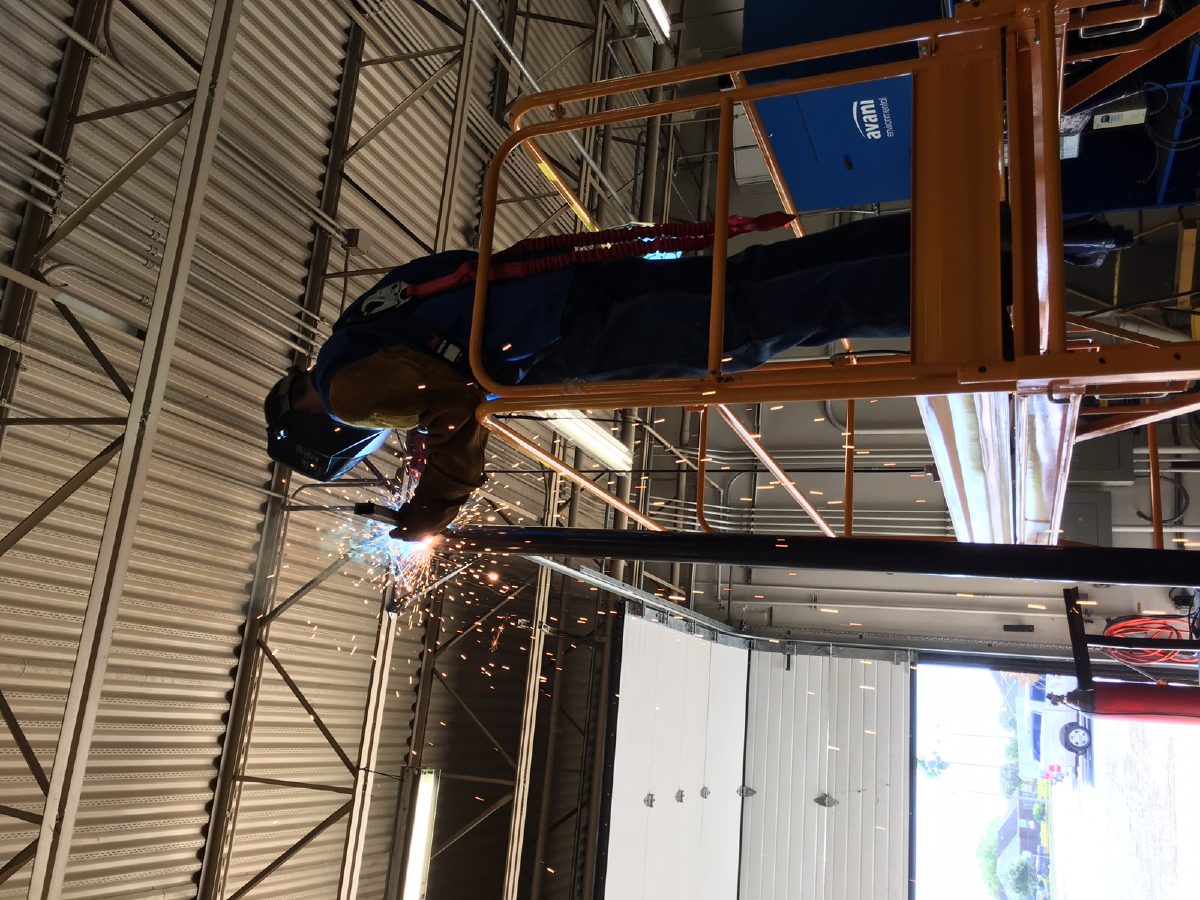HARLINGEN — Boring.
That’s how Sandra Lopez, a 17-year-old welding student, describes her typical day.
While she’s echoing the sentiment of many, hers is especially painful to hear because she likes to work with her hands in the welding shop, and she can’t. Like all classes in the Harlingen school district — and the country — the welding class at Harlingen High School South is closed in response to the COVID-19 pandemic.
“I do nothing besides homework,” said Sandra, irritation clear in her voice.
Her instructor, Richard Alvarez, wasn’t any happier with the situation. No longer holding his welding class in, well, the welding class, he’s having to communicate with his students online.
“They are doing book knowledge,” he said.
His students, he said, are working out of the NCCER book, which stands for National Center for Construction Education and Research. NCCER is a not-for-profit 501c education foundation for professional craft certification.
“For the most part, right now what we are doing is sending their assignments through Edgenuity,” Alvarez said. “We’re sending them PowerPoints and then a series of questions about the PowerPoints.”
While this helps trade students maintain their knowledge base about their specific skill, it lacks the essential hands-on component so vital in trades. And of course, with COVID-19, hands-on is out of the question. Educators and students are keenly aware of their predicament.
“They are utilizing videos and resources to supplement instruction that would normally be hands-on,” said Raul Alvarez, director of career and technology education for the school district.
“Our kids are working towards their certification,” he said. “Our teachers are getting them materials to supplement the curriculum until this is over.”
Graphic design students are also having to work remotely, said Instructor Belinda Trevino.
“They have to communicate with their clients through Remind and also Zoom,” she said.
Remind is a mobile messaging tool used by educators, parents and students.
“We basically remind students about lessons and assignments they have been given,” Trevino said.
While the first week of School@Home was filled with the chaos of innovation, the second week has a rather different turn.
“The second week has now become the new normal for my students and they are stepping up and adjusting to it without any hesitation,” Trevino said.
Obviously, school is very much in session, just in a different from. However, Sandra would rather be at school working on BBQ pits, especially those with holes needing to be patched up.
“We have to use the torch to cut pieces of metal and then we weld it around the hole,” she said. “I like working on BBQ pits, it’s fun.”
In spite of the rather unique challenge of studying trades in virtual time, they’re making the best of it. Richard Alvarez said his students have impressed him.
“It’s a learning experience and every day we are getting through it,” he said. “The students have been really responsible by turning in their work.”





